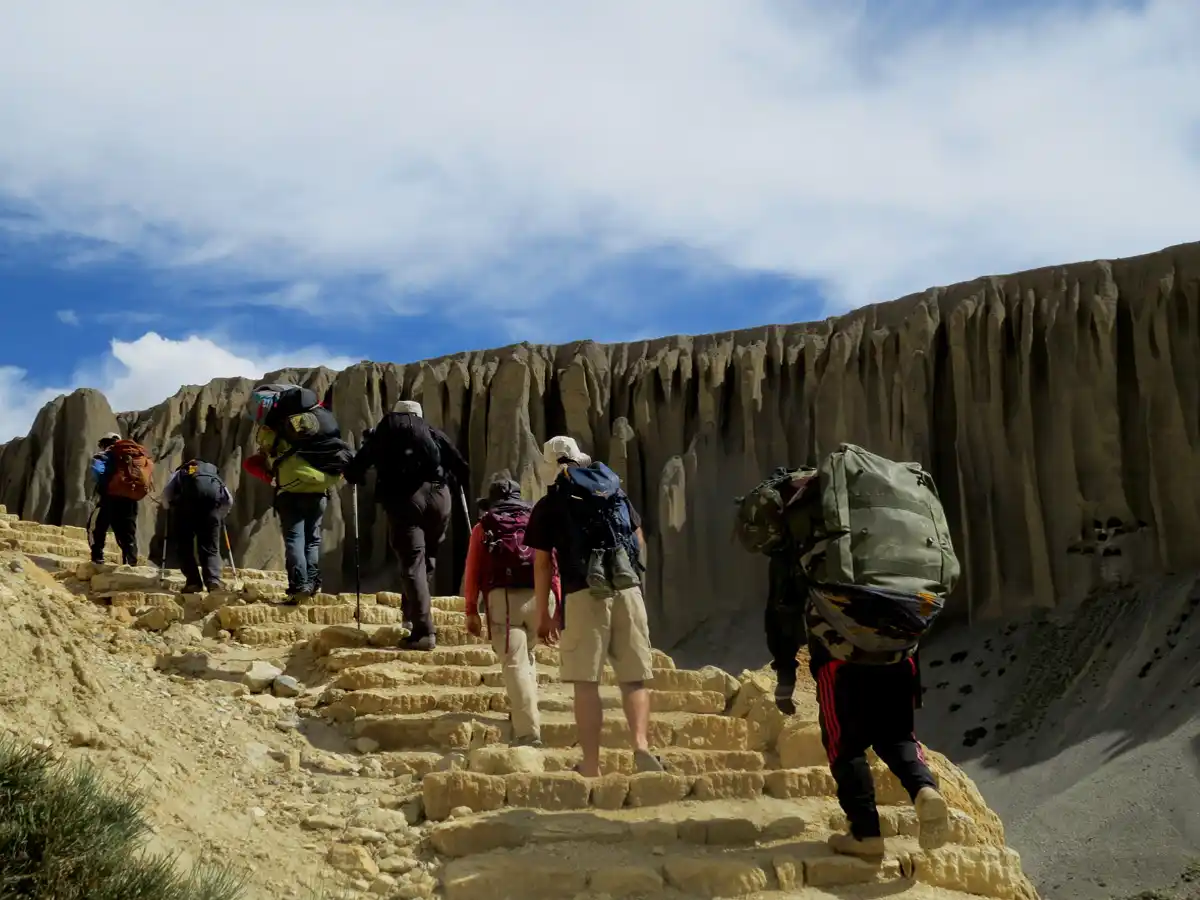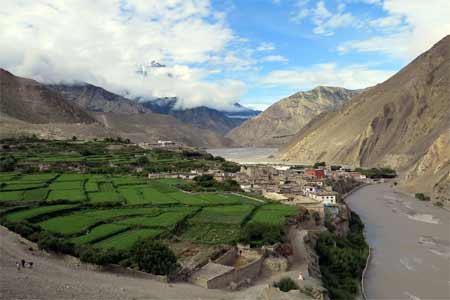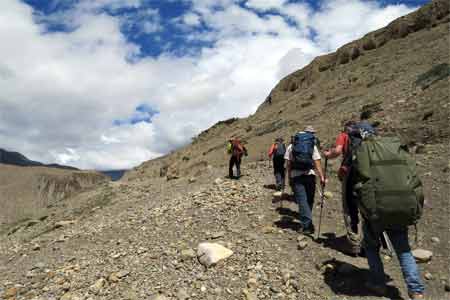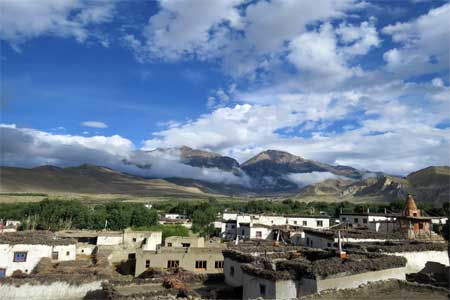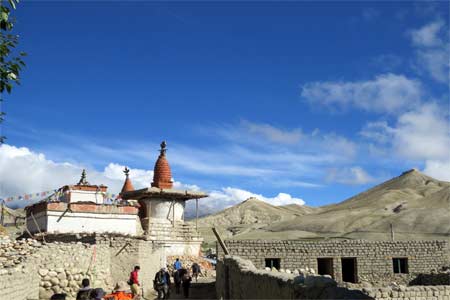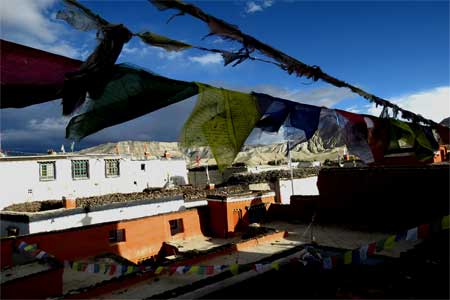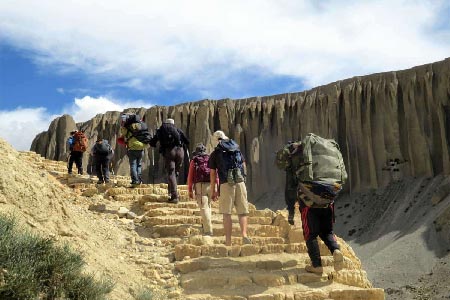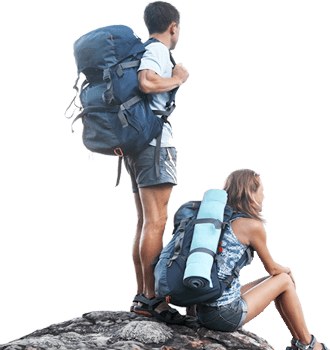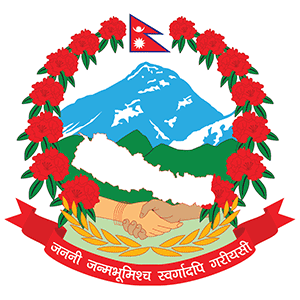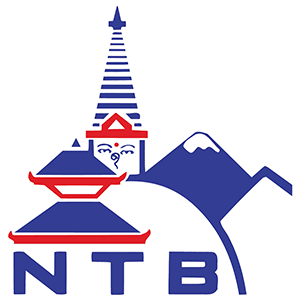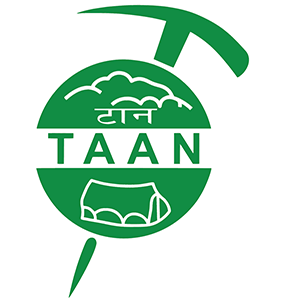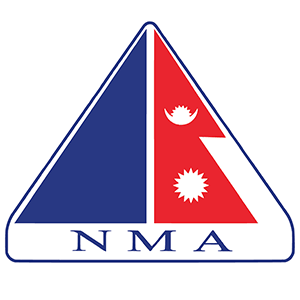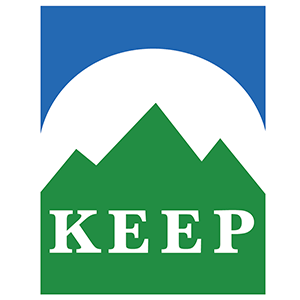The itineraries or programs mentioned may be subject to change without prior notice due to unforeseen circumstances beyond our control, such as weather hazards, landslides, political unrest, road blockages, avalanches, sudden sickness, and more. We are open to customizing the program based on clients' interests. In the event of trip cancellation due to unavoidable circumstances like war, natural disasters, political unrest, adverse climate, etc., Ethic Himalaya Treks & Expedition P. Ltd will be pleased to offer an alternative trip of similar standard. We will hold the reservation for your next trip, but not for longer than one year.
Before departure, if there is a major change in the itinerary affecting at least one day in five, we will inform you as soon as reasonably possible. You may choose between accepting the change, getting a refund of the money paid for the land portion of the trip only, or accepting an alternative tour offered.
After departure, we reserve the right to modify the itinerary due to local circumstances or events beyond our control. In such emergency situations, any additional costs incurred for necessary itinerary alterations will be borne by you. Please be aware that we are not responsible for any incidental expenses resulting from changes in the itinerary, such as visa fees, vaccinations, or non-refundable flight costs.

